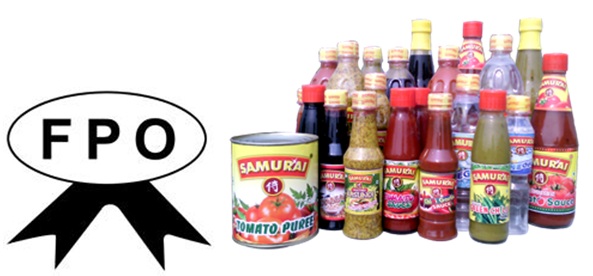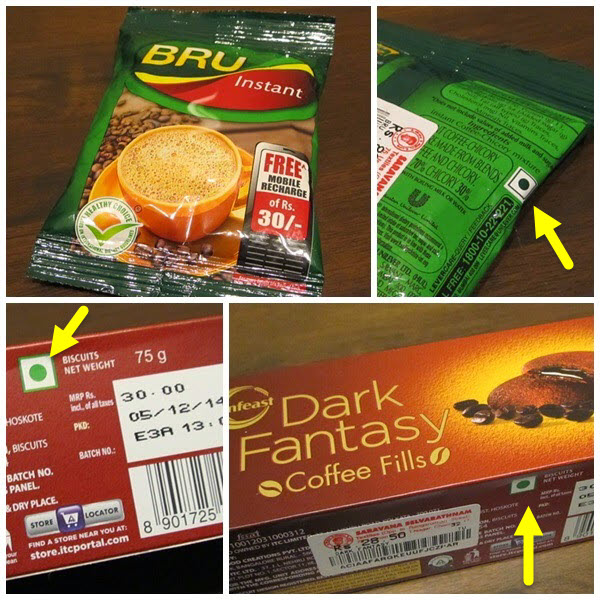Food & Gold to Textiles & Gadgets: 10 Quality Marks You Need To Know
While the government is doing its bit by providing these certifications, we, as aware citizens, should try and observe before buying or consuming any product.

How many times during shopping do you stop and look at the certification mark on a product? Living the busy lives as we do, we rarely have time to stock up on groceries let alone check the certifications on the things we hurriedly buy.
But, it is time for you to stop and look. What you consume, you become, and the goods we use on a daily basis have the power to impact our lives and the environment in more ways than one.
The Government of India has created certain standards for almost every product in the market to provide quality goods that are safe and reliable. Certification of goods minimizes health threats to consumers, protects the environment, and promotes internal and international trade, among others.
The certification on products helps consumers get a sense of various aspects of the product including environmental impact, product quality, safety and hygiene, production standards, the absence of additives or preservatives, etc.
While the government is doing its bit by providing these certifications, we, as aware citizens, should try and observe before buying or consuming any product.
The Bureau of Indian Standards (BIS), under the aegis of the International Organisation for Standardisation (ISO standards), governs all the industrial standardisation and the industrial product certifications in India.
In this article, we try and give you a sense of the various standardization marks that exist in India.
Types of certifications:
1. AGMARK

If you see AGMARK—an acronym coined by merging “Ag” in agriculture and “mark” in marketing—written on a product, then it means it conforms to the set of standards approved by the Directorate of Marketing and Inspection, a Government of India agency.
The present AGMARK standards cover quality guidelines for a variety of commodities like cereals, pulses, vegetable oils, essential oils, fruits and vegetables, and semi-processed products like vermicelli.
The quality of a product is determined with reference to factors such as size, variety, weight, colour, moisture and fat content. The grades incorporated are grades 1, 2, 3 and 4, or special, good, fair and ordinary.
2. ISI

Photo Source
The Bureau of Indian Standards (BIS) operated and one of the most recognised standardization marks in India, ISI mark is employed on products that meet the set Indian Standards for products and are deemed safe for consumer use.
ISI stands for Indian Standards Institute—the former name of BIS.
The Mark is both mandatory and voluntary. Some mandatory ISI certification products include cement, electrical appliances, LPG cylinder, Batteries, oil pressure stove, automobile accessories, medical equipment, steel products, stainless steel, chemicals, fertilizers, infant foods and packaged drinking water.
3. FPO

This is a mandatory mark that one will find on all processed fruit products sold in India such as packaged fruit beverages, fruit-jams, crushes and squashes, pickles, dehydrated fruit products, and fruit extracts following the Food Safety and Standards Act of 2006.
The FPO mark guarantees that the product was manufactured in a hygienic ‘food-safe’ environment, thus ensuring that the product is fit for consumption. Next time you pick up a bottle of fruit-jam or juice do look for this mark.
4. The green and red dot

This is a fairly popular sign that one can find on most food products. As per Food Safety & Standards (Packaging & Labelling) Regulations, 2011:
· every package of ‘non-vegetarain’ food shall carry a symbol of a brown colour-filled circle inside a square with brown outline, having sides double the diameter of the circle.
· In case any article of food contains only egg as non-vegetarian ingredient, the manufacturer or packer or seller may declare it in addition to the said symbol.
· Every package of vegetarian food shall bear a symbol which consists of a green colour-filled circle, having a diameter not less than the minimum size specified, inside the square with green outline having size double the diameter of the circle.
The symbol also needs to be displayed in a prominent place on the package.
5. Hallmark
India holds the distinction of being the second biggest market for gold in the world. Given this, it is imperative to have standardisation in place to ascertain the quality of the gold. The BIS Hallmark is a marking system that certifies the purity of precious metals like gold and silver jewellery in India. The voluntary mark was introduced for gold in the year 2000, and in 2005, silver jewellery was added to it.
6. FSSAI Certification
This is a voluntary certification for food products manufacturers and outlets like restaurants and home-delivered food producers (like pizza joints). The standard comes with a 14-digit unique license number specific to the food producer. The certification means that the food is hygienic and meets the norms set under the Food Safety Standards (FSS) Act, 2006.
7. BEE Star Rating

If you have purchased a refrigerator or an air conditioner, then you must have seen the stars that the product carries.
The BEE star rating is for high-energy consumption home appliances (usually white goods like refrigerators and air-conditioners). Issued by the Bureau of Energy Efficiency, it indicates the energy efficiency of the product and its power-saving potential. Higher the rating; higher the efficiency, and lower energy consumption.
Mandatory appliances that require this certification include – air conditioners, colour television, refrigerator, electric geysers, LED lamps. Those products for which this certification is voluntary include – ceiling fans, washing machines, DG sets, LPG stoves etc.
8. Textile marks

The markers one can see on clothes and apparel are:
· Handloom Mark signifying genuine handloom products (issued by Government of India)
· Silk Mark providing assurance for pure silk (issued by the Central Silk Board)
· Woolmark indicating purity of woolen garments (issued by the Woolmark Organization—an Australian NGO).
9. India Organic Certification

With “organic” fast becoming the “Word of the Decade”, it was important to bring in a certification for authentic organic products.
The India Organic Certification is a label given to organic products after validation, which ensures that the product or raw materials used in the product were grown through organic farming – without any chemical fertilisers, pesticides, or induced hormones.
A trademark – ‘India Organic’ is granted on the basis of compliance with the National Standards for Organic Production (NSOP).
10. Ecomark

This marking scheme was introduced in the year 1991. It is given to those products that conform to a set of standards aimed at the least impact on the ecosystem. While this is not a mandatory quality mark, it serves as an advisory to consumers. Products that fall under this are soaps and detergents, batteries, leather, drugs, wood substitutes etc.
Next time you step out, do look for these marks.
While the endeavour is to cover all standards, any misses are inadvertent and reader feedback is invited.
(Edited By Saiqua Sultan)
You May Also Like: Sun-Powered Superfoods: Meet the Hyderabad Entrepreneur Behind This Win-Win Idea
Like this story? Or have something to share?
Write to us: [email protected]
Connect with us on Facebook and Twitter.
If you found our stories insightful, informative, or even just enjoyable, we invite you to consider making a voluntary payment to support the work we do at The Better India. Your contribution helps us continue producing quality content that educates, inspires, and drives positive change.
Choose one of the payment options below for your contribution-
By paying for the stories you value, you directly contribute to sustaining our efforts focused on making a difference in the world. Together, let’s ensure that impactful stories continue to be told and shared, enriching lives and communities alike.
Thank you for your support. Here are some frequently asked questions you might find helpful to know why you are contributing?


This story made me
-
97
-
121
-
89
-
167











